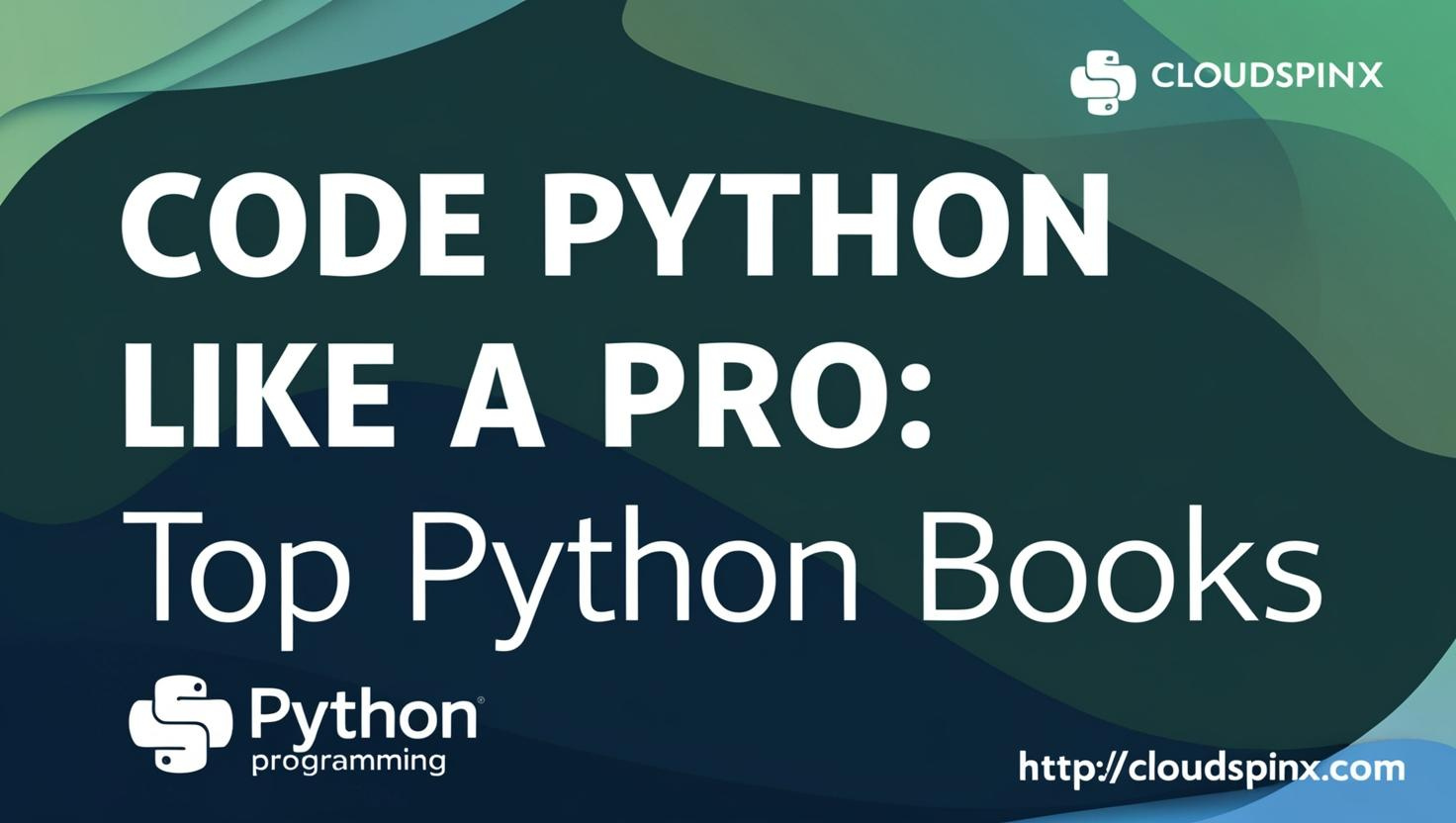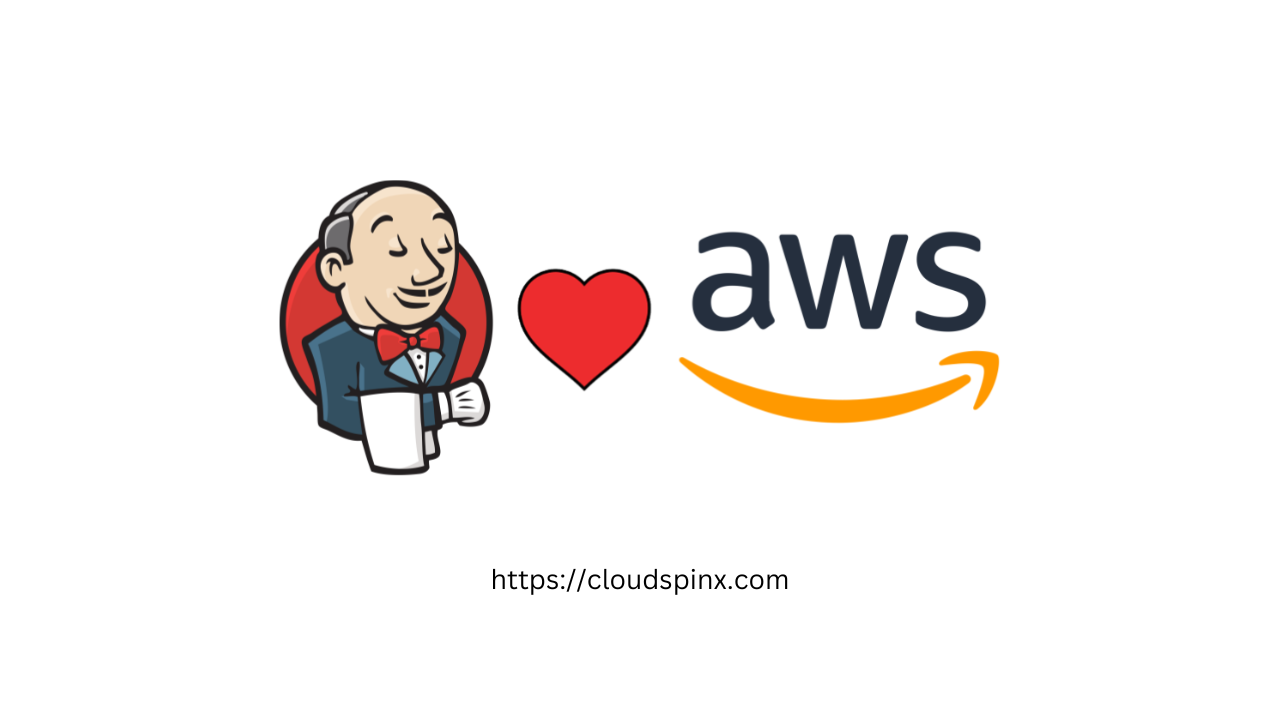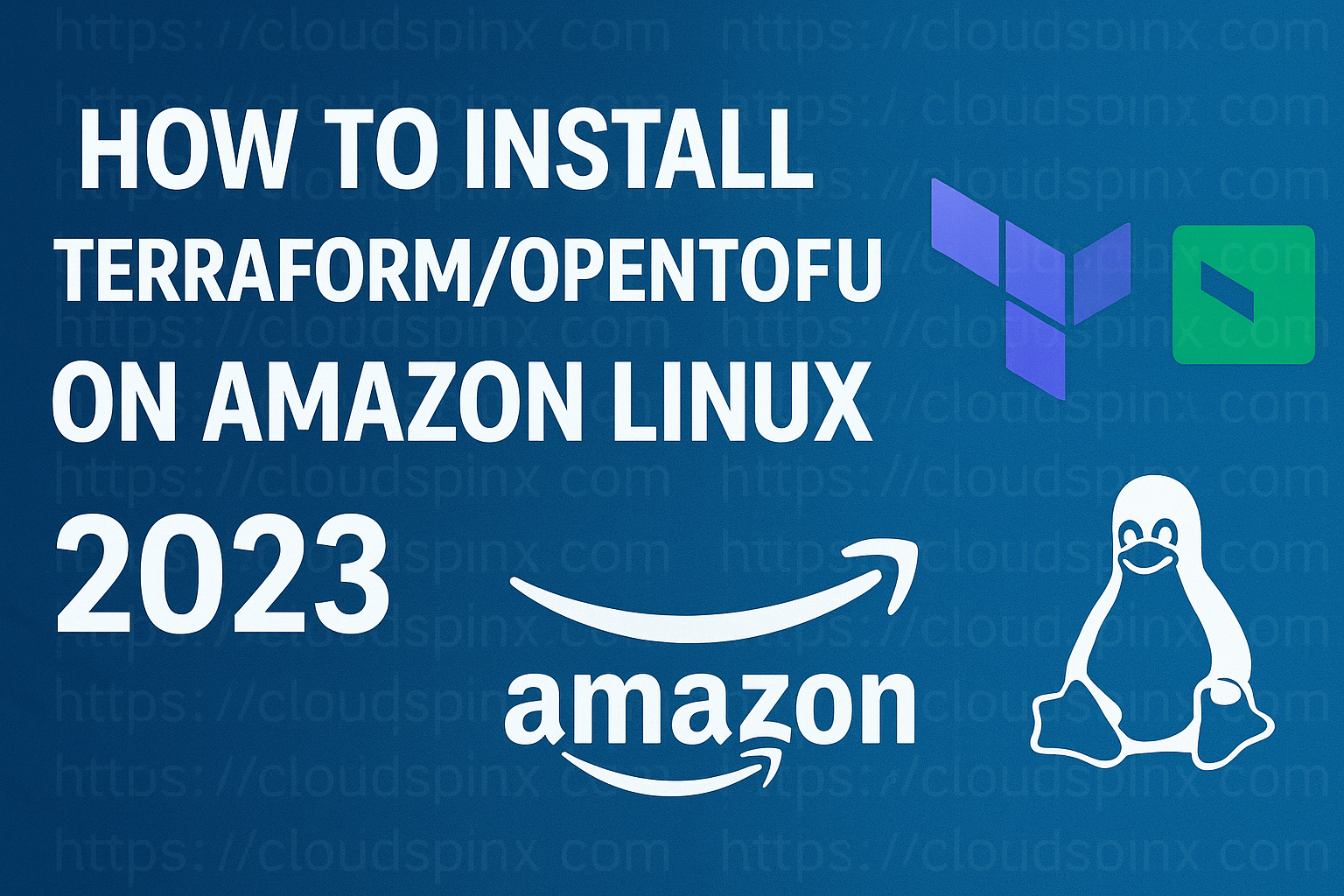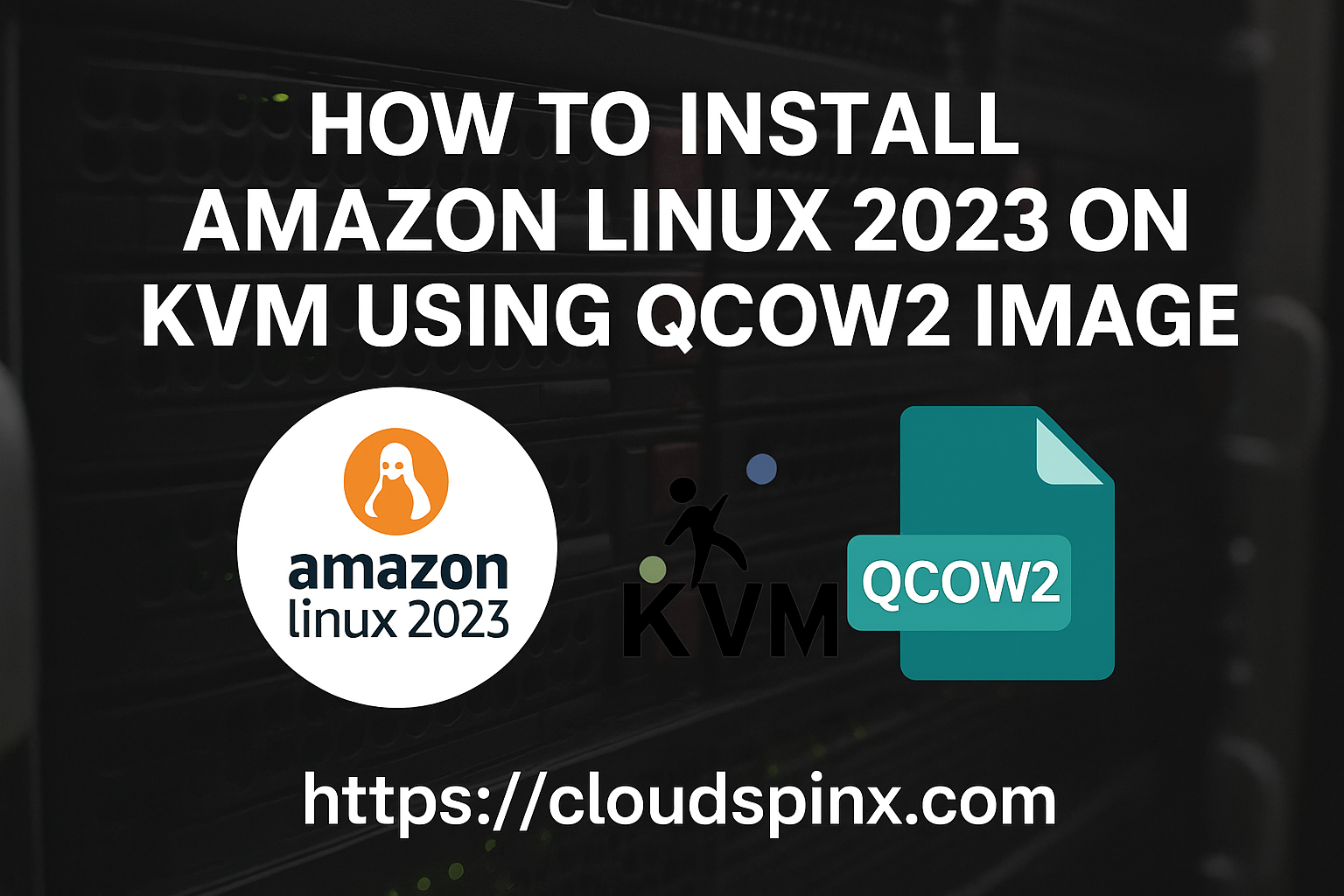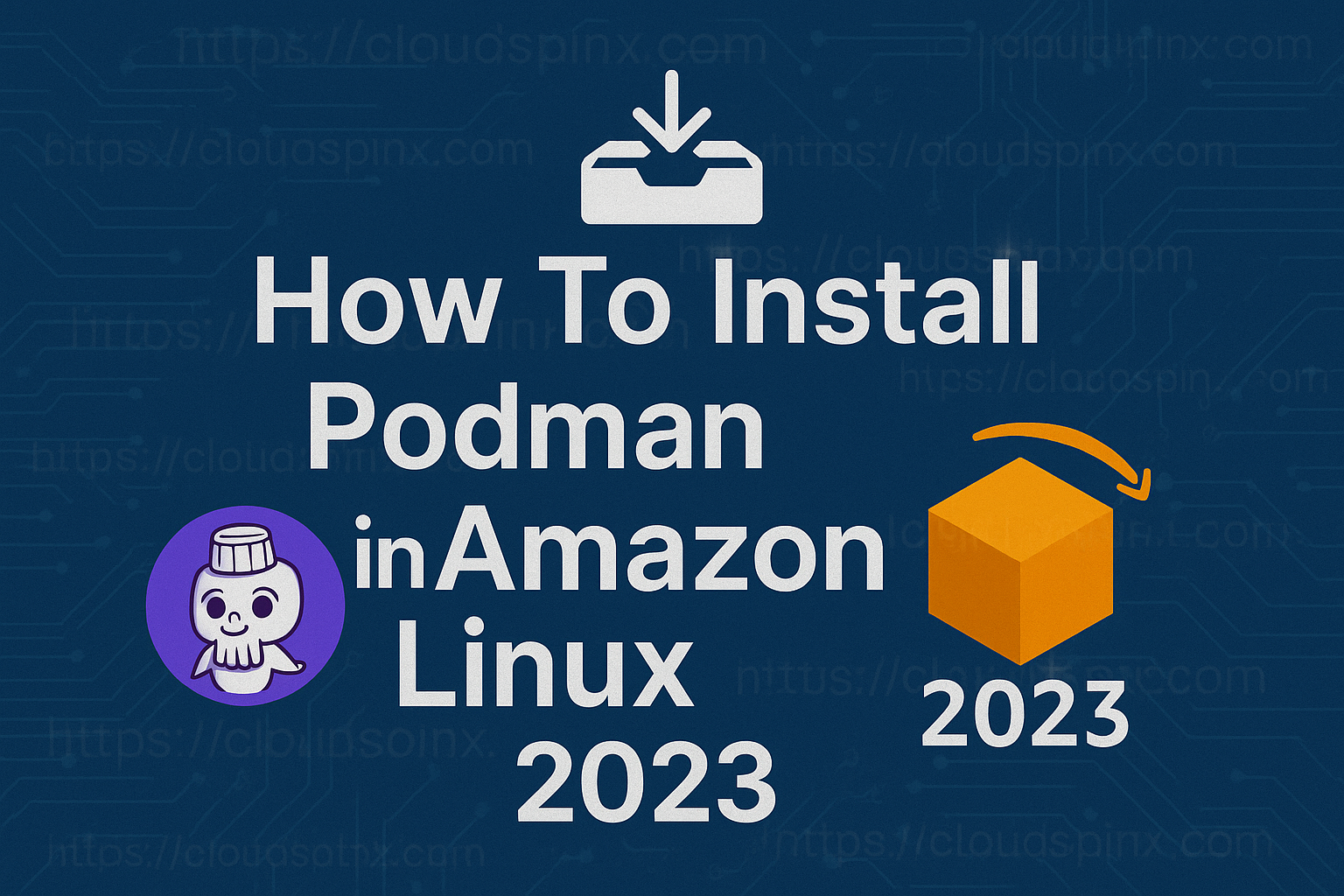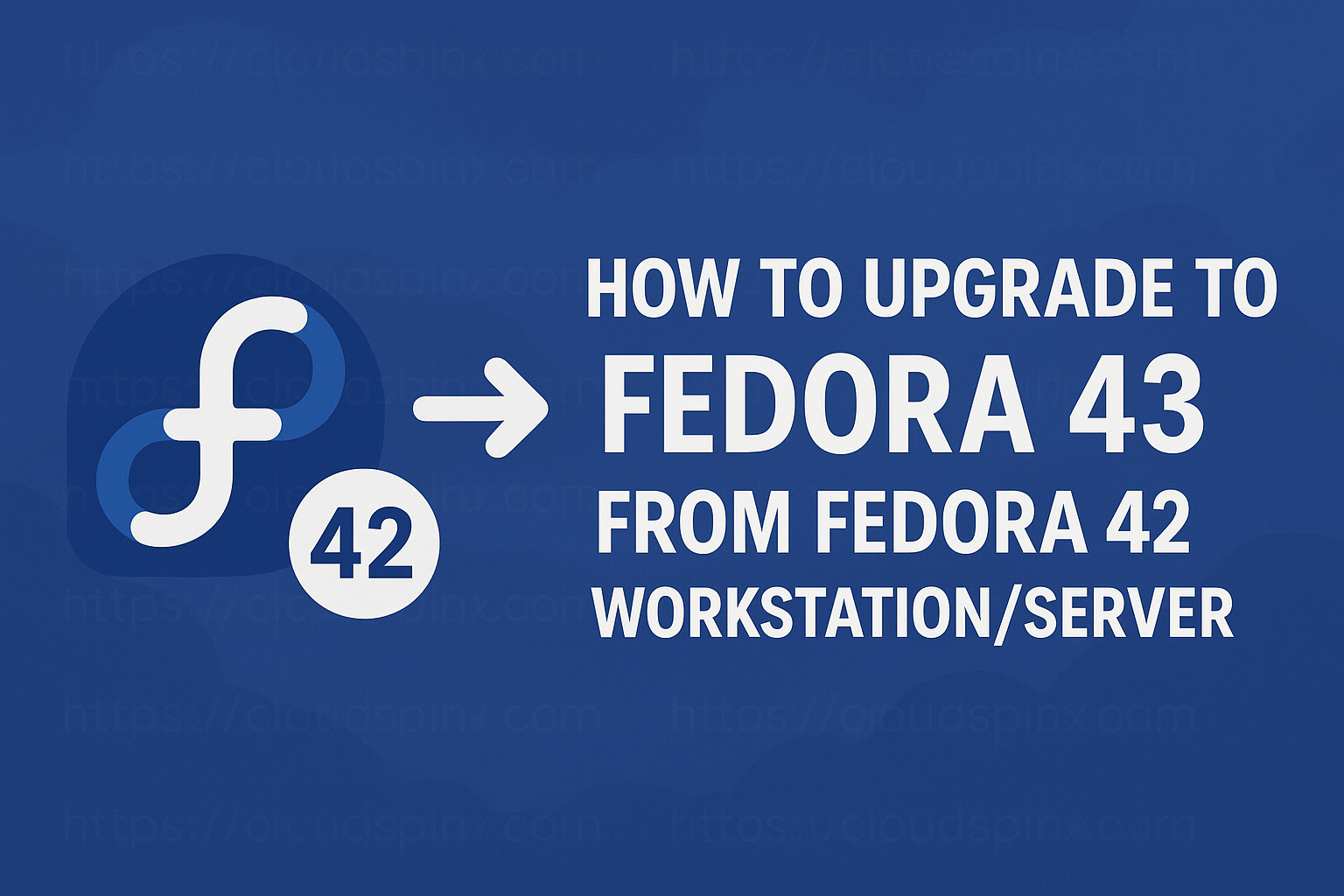Introduction
There has been a proliferation of interest in the arena of Software Development in recent years which has made the demand for developers soar on an unprecedented scale. The good news is that Python has gained popularity due to its amazing attributes. Python is an object-oriented, high-level programming language with integrated dynamic semantics primarily for web and app development.
The programming language can be easy to pick up whether you’re a first-time programmer or you’re experienced with other languages and hence the uproar about it. Moreover, Python is developed under an OSI-approved open-source license, making it freely usable and distributable, even for commercial use.
Since it has gained the attribution of being simple to learn and being a general-purpose language, this guide takes a step to introduce you to beautiful resources to help you get started and deepen your skill set as far as coding in Python is concerned.
1. Learn Python the Hard Way
What Zed Shaw came to realize about learning a programming language is the ability to be deliberately proactive and practical all the way through the phase of learning. He makes sure you type in every line of code, troubleshoot in case it does not run as expected and before you know it, you have an arsenal of tools and skills that make you a wonderful programmer. You bring discipline, commitment, and persistence; the author supplies everything else. In Learn Python the Hard Way, Third Edition, you’ll learn Python by working through 52 brilliantly crafted exercises. Read them. Type their code precisely. (No copying and pasting!) Fix your mistakes. Watch the programs run. As you do, you’ll learn how the software works; what good programs look like; how to read, write, and think about code; and how to find and fix your mistakes using tricks professional programmers use.
In addition to Shaw’s insights on learning programming languages, a parallel approach to enhancing your language proficiency, especially in writing Python code and grasping Python grammar, involves immersing yourself in English with native speakers. Engaging in conversations and interactions with native English speakers not only exposes you to authentic language usage but also provides opportunities to practice and refine your communication skills effectively. Just as mastering a foreign language requires immersion, delving into Python programming and understanding its grammar benefits from hands-on experience and interaction with experts in the field.
You will get a huge slice of the following learning experience as you read and use the book:
- Installing a complete Python environment
- Organizing and writing code
- Basic mathematics
- Variables
- Strings and text
- Interacting with users
- Working with files
- Looping and logic
- Data structures using lists and dictionaries
- Program design
- Object-oriented programming
- Inheritance and composition
- Modules, classes, and objects
- Python packaging
- Debugging
- Automated testing
- Basic game development
- Basic web development
Click the link below to have a closer look at the reviews and to also receive your copy:
2. Head First Python: A Brain-Friendly Guide
Paul Barry avoids the tiresome and time-consuming how-to chapters and pages that often get readers weary before they start writing a simple Python code. With Head First Python, you’ll quickly grasp Python’s fundamentals, working with built-in data structures and functions. Then you’ll move on to building your very own web app, exploring database management, exception handling, and data wrangling. What is more impressive is the approach the author used to put together this simple-to-understand resource. It is dotted with a visually rich format to engage your mind, rather than a text-heavy approach that puts you to sleep. This second edition is a complete learning experience that will help you become a bonafide Python programmer in no time.
Have it for yourself by looking at the reviews and purchasing it on the link below:
3. Python Crash Course
This resource is a gift to you if you just heard about Python and you would wish to be filled in about the language as well as be able to write simple code for a start. If maybe you started off learning about Python and left it underway, grab this book and get up to speed again because it makes learning Python as easy as it was meant to be. In the first half of the book, you’ll learn about basic programming concepts, such as lists, dictionaries, classes, and loops, and practice writing clean and readable code with exercises for each topic. In the second half of the book, you’ll put your new knowledge into practice with three substantial projects: a Space Invaders–inspired arcade game, data visualizations with Python’s super-handy libraries, and a simple web app you can deploy online.
What you will be guaranteed to learn in the book include the following:
- Use powerful Python libraries and tools, including matplotlib, NumPy, and Pygal
- Make 2D games that respond to keypresses and mouse clicks, and that grow more difficult as the game progresses
- Work with data to generate interactive visualizations
- Create and customize Web apps and deploy them safely online
- Deal with mistakes and errors so you can solve your own programming problems
Have it all by clicking on the link below:
4. The Self-Taught Programmer
This book is not just about learning to program; although you will learn to code. It is inspired by the journey of the author learning to program, and his experience at his first job as a software engineer. “The Self-taught Programmer” is a road map, a guide to take you from writing your first Python program to passing your first technical interview.
The book is divided into six sections with plenty of things to learn in each section.
The sections are as below:
- Learn to program in Python 3 and build your first program.
- Learn Object-oriented programming and create a powerful Python program to get you hooked.
- Learn to use tools like Git, Bash, regular expressions and databases. Then use your new coding skills to build a web scraper.
- Study Computer Science fundamentals including computer architecture, data structures, algorithms and network programming.
- Learn to program for production: I cover the software development process, testing, and best coding practices.
- Finish with tips for working with a team and landing a programming job.
If you would wish to program professionally. The link below will take you there.
5. Python Programming
The second edition updated for Python 3, John Zelle’s Python Programming takes a fairly traditional approach, emphasizing problem-solving, design, and programming as the core skills of computer science. This traditional approach makes it suitable for use as the primary textbook in a college-level first course in computing. You will learn the art of programming, the principles used as the foundation of Computer Science and other concepts using Python language as the medium for beginners. Python here is used to illustrate fundamental principles of design and programming that apply in any language or computing environment. For the beginner who might be interested in this book, the concepts presented therein are easy to understand as you go through a time-tested approach while being taught an introduction to computer science.
The link below will guide you to Amazon for a better view of the resource.
6. Black Hat Python
Justin Seitz saw the potential of Python and thought about writing a guide for specialists such as hackers, reverse engineers, and software testers. Python is easy to write quickly and has low-level support and libraries that can make such specialists happy. The only problem is that there was no guide to show these specialists the power behind Python. Gray Hat Python explains the concepts behind hacking tools and techniques like debuggers, trojans, fuzzes, and emulators. But author Justin Seitz goes beyond theory, showing you how to harness existing Python-based security tools – and how to build your own when the pre-built ones won’t cut it.
If you are one of the specialists, there is no better place to look for Python tools to use for your daily activities because you will learn how to:
- Automate tedious reversing and security tasks
- Design and program your own debugger
- Learn how to fuzz Windows drivers and create powerful fuzzers from scratch
- Have fun with code and library injection, soft and hard hooking techniques, and other software trickery
- Sniff secure traffic out of an encrypted web browser session
- Use PyDBG, Immunity Debugger, Sulley, IDAPython, PyEMU, and more
Click on the link below and surprise the rest of the crew:
Similar Book:
The above book is similar to the Gray Hat Python: Python Programming for Hackers and Reverse Engineers Combined Edition which can also be used to serve a similar purpose. It also explains the concepts behind hacking tools and techniques which can be vital for hackers, reverse engineers, and software testers when combined with Python programming.
Obtain a copy of this book by following the below link:
7. Fluent Python
Luciano Ramalho comes to the rescue of experienced Programmers who try to bend Python to fit patterns they learned from other languages, and never discover Python features outside of their experience.
With this hands-on guide, you’ll learn how to write effective, idiomatic Python code by leveraging its best—and possibly most neglected—features.
The following are covered in the book:
- Python data model: understand how special methods are the key to the consistent behaviour of objects
- Data structures: take full advantage of built-in types, and understand the text vs bytes duality in the Unicode age
- Functions as objects: view Python functions as first-class objects, and understand how this affects popular design patterns
- Object-oriented idioms: build classes by learning about references, mutability, interfaces, operator overloading, and multiple inheritances
- Control flow: leverage context managers, generators, coroutines, and concurrency with the concurrent. futures and asyncio packages
- Metaprogramming: understand how properties, attribute descriptors, class decorators, and metaclasses work
Check out the reviews from Amazon by clicking on the link below:
8. Programming Python
Where do you go once you have satisfactorily learnt the fundamentals of Python? Well, Mark Lutz gets you busy once more by getting you ready to start using it to get real work done. Programming Python will show you how, with in-depth tutorials on the language’s primary application domains: system administration, GUIs, and the Web. You’ll also explore how Python is used in databases, networking, front-end scripting layers, text processing, and more. Completely updated for version 3.x, Programming Python also delves into the language as a software development tool, with many code examples scaled specifically for that purpose.
The following are the topics in the resource:
- Quick Python tour: Build a simple demo that includes data representation, object-oriented programming, object persistence, GUIs, and website basics
- System programming: Explore system interface tools and techniques for command-line scripting, processing files and folders, running programs in parallel, and more
- GUI programming: Learn to use Python’s tkinter widget library
- Internet programming: Access client-side network protocols and email tools, use CGI scripts, and learn website implementation techniques
- More ways to apply Python: Implement data structures, parse text-based information, interface with databases, and extend and embed Python
- Get real work done in Python by clicking on the link below to purchase your copy
9. Automate the Boring Stuff with Python
The book begins with the essential skills and concepts necessary to build a solid foundation in not only Python but programming in general. The introduction is thorough, easy to follow, and broken down with enough examples for even the newest of programmers to digest. You will also learn how to scrape data from the Web, fill out forms, organise folders, rename files send emails, as well as merge, split, or encrypt PDFs.
Those who found Learn Python the Hard Way a little frustrating will like the much more broken down process used in this book.
This new updated edition is authored by Al Sweigart and is one of the bestselling Python guides.
Grab a copy from below Amazon link:
10. A Smarter Way to Learn Python
Computer languages are not hard to understand as you all believe. The biggest problem that many people face is remembering.
This book is one of the best-selling Python Programming books with exercises to keep you engaged, give you extra practice where you’re shaky, and prepare you for each next step. It will make it easier for you to remember most of the things provided for both techies and non-techies.
Every lesson is built on top of a solid foundation that you and I have carefully constructed. You have interactive exercises that will help you remember the concepts because it repeatedly asks you to recall them.
You can grab a copy of this book by following the below link:
11. Learning Python
Get a comprehensive, in-depth introduction to the core Python language with this hands-on book. Based on author Mark Lutz’s popular training course, this updated fifth edition will help you quickly write efficient, high-quality code with Python. It’s an ideal way to begin, whether you’re new to programming or a professional developer versed in other languages.
Complete with quizzes, exercises, and helpful illustrations, this easy-to-follow, self-paced tutorial gets you started with both Python 2.7 and 3.3— the latest releases in the 3.X and 2.X lines—plus all other releases in common use today. You’ll also learn some advanced language features that recently have become more common in Python code.
- Explore Python’s major built-in object types such as numbers, lists, and dictionaries
- Create and process objects with Python statements, and learn Python’s general syntax model
- Use functions to avoid code redundancy and package code for reuse
- Organize statements, functions, and other tools into larger components with modules
- Dive into classes: Python’s object-oriented programming tool for structuring code
- Write large programs with Python’s exception-handling model and development tools
- Learn advanced Python tools, including decorators, descriptors, metaclasses, and Unicode processing
12. Python Programming for Beginner
After reading this book, you’ll learn:
– What is Python
– How to install Python and what is the best distribution
– What are the data types and variables
– How to work with numbers in Python
– What operators there are in Python and when to use them
– How to manipulate Strings
– How to implement Program Flow Controls
– How to implement loops in Python
– What are Python lists, tuples, sets, and dictionaries, and how to use them
– How to create modules and functions
– How to program according to the Object-Oriented paradigm
– How to create classes
– What are and how to use Inheritance, Polymorphism and Abstraction and Encapsulation
and much more…
Conclusion
There is no better thing to say than appreciate you for visiting and reading through. Other resourceful articles that might be of interest to you are listed below.

